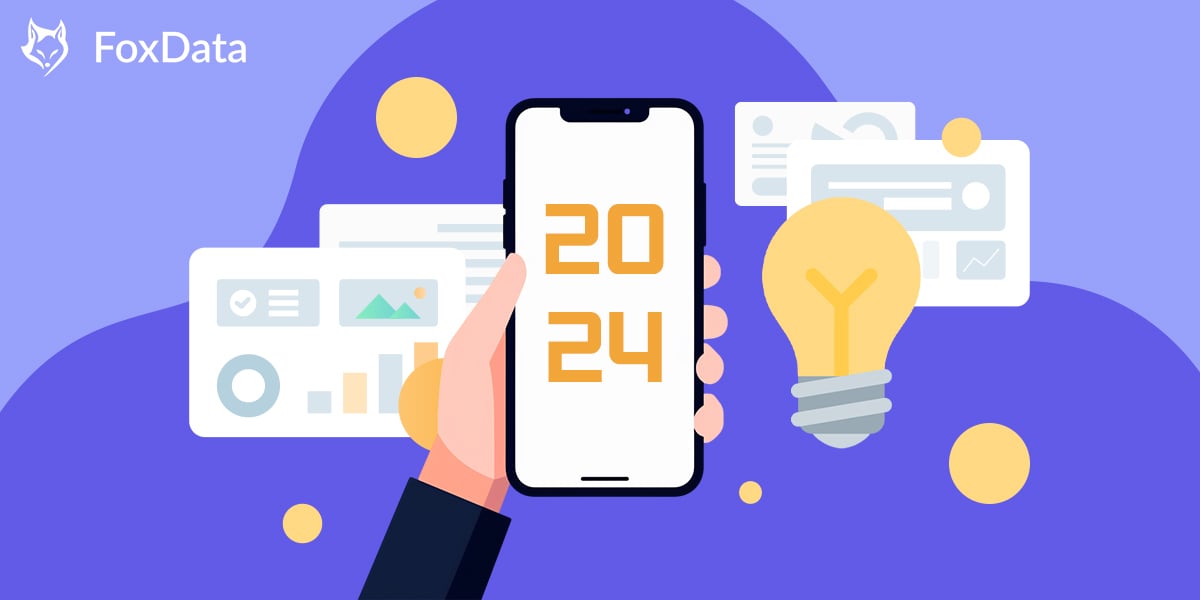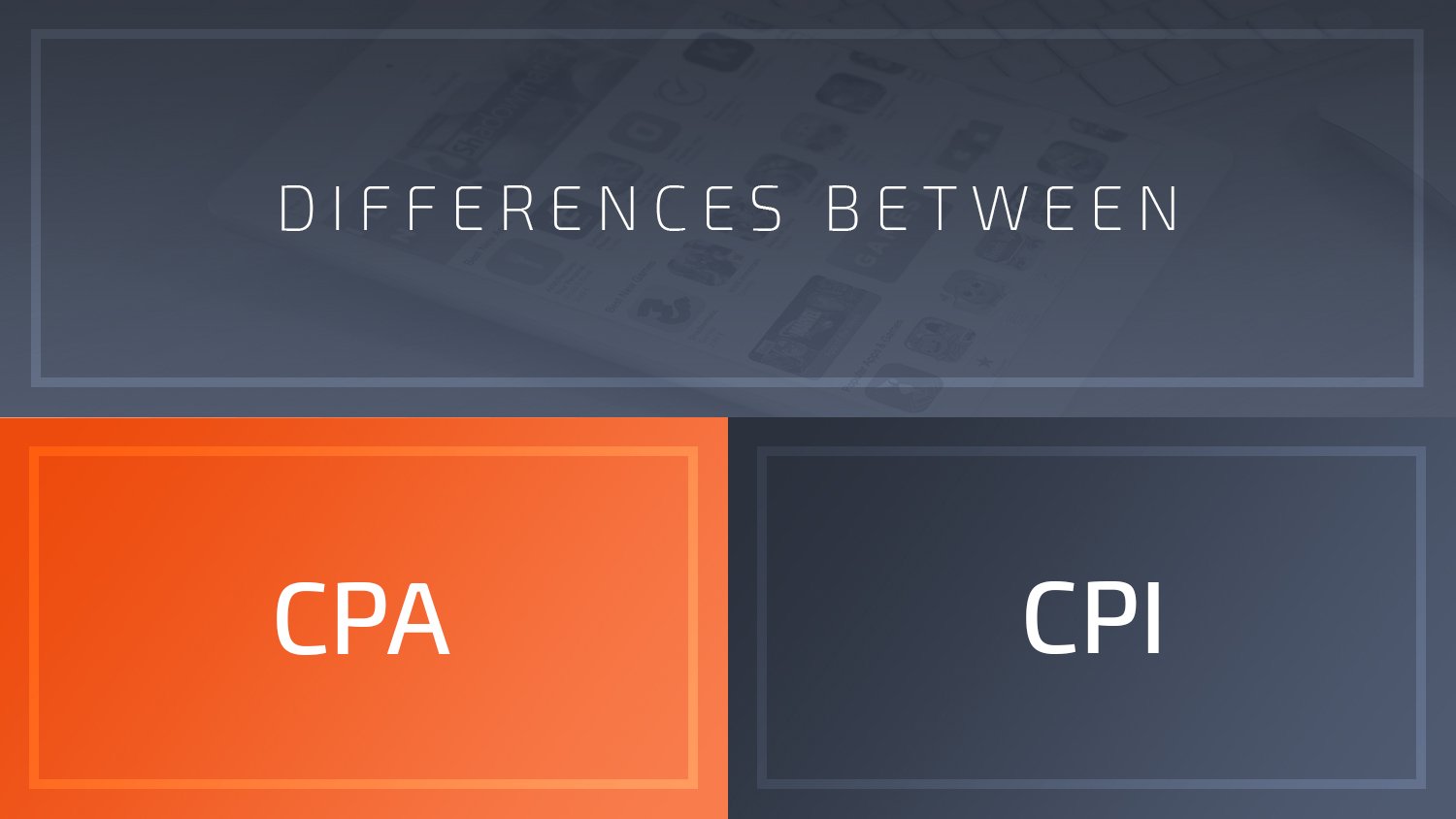👉The original blog is posted on FoxData.
As we navigate through 2024, the urgency to attract mobile app users has never been greater. The landscape is characterized by fierce competition, rapidly evolving consumer behaviors, and continuous technological advancements. To differentiate oneself and maintain user engagement, a well-thought-out strategy is vital.
For app developers, it's a common and disheartening scenario to have a high-quality app that remains underutilized in an increasingly crowded market. A striking statistic to consider is the potential loss of up to 80% of users within the first three days post-installation, with further attrition over the subsequent three months. Thus, user acquisition strategies must not only offset this decline but also focus on retention to ensure the app's longevity.
Key Statistics
By the end of 2023, the number of smartphone users worldwide reached 6.92 billion, representing approximately 85% of the global population. The App Store and Google Play collectively house around 5.5 million apps. In just one year, Google Play added over 1 million new apps, while the iOS platform welcomed under 400 thousand.
Securing visibility and a high ranking in such a saturated market is a formidable challenge. Dominant apps set a high bar, making it even tougher for newcomers to compete.
Ideally, organic discovery would drive app installations, but reality dictates a proactive approach to user acquisition, which continues to be a trend in 2024.
Mobile App Market Realities
Despite positive growth indicators, we must remain cognizant of the global market's signs of crisis, looming recession, and overall instability. Economic efficiency should be a primary focus in our strategic development, going beyond mere adjustments to subscription pricing. We must seek financially efficient methods to attract new users.
It's crucial to enhance the return on investment in promotional activities, keeping budgets in check. This brings us to the discussion of two key pricing models for mobile app marketing: CPI and CPA.
CPI vs. CPA
When chasing new users, the choice between Cost Per Install (CPI) and Cost Per Action (CPA) depends on our specific goals and financial resources.
-
CPI is straightforward, calculated by dividing the costs to attract new users by the number of installs. It measures the cost effectiveness of acquisition campaigns against user-generated revenue.
-
CPA, on the other hand, involves a specific user action, such as registration or in-app purchases. The cost is determined by dividing total campaign expenses by the number of these targeted actions.
While CPI aims to boost user numbers, CPA focuses on acquiring engaged users likely to interact with the app over time.
Mobile games are anticipated to continue leading in CPI, whereas other app categories are expected to shift towards CPA models.

Paid and Free UA in 2024
Paid user acquisition involves advertisement-driven user influx from social and ad networks. Free user acquisition relies on organic traffic through App Store Optimization (ASO).
Paid acquisition delivers quick results at a cost, while organic growth is slower but free. The optimal strategy in 2024 remains a blend of both, initiating with paid efforts to kickstart organic growth through increased visibility and brand recognition.
Advertising is becoming more nuanced and targeted. Defining our target audience and understanding their habits is crucial for selecting appropriate promotion channels. For instance, targeting Zoomer users may be more effective on TikTok rather than Facebook.
Types of Advertising
-
Video Advertising: Particularly effective in gaming, allowing users to experience gameplay.
-
Influencer Marketing: Leveraging influencers remains a viable strategy.
-
Graphic Creatives: Must align with visual trends and the preferences of our target audience.
Paid promotion faces the challenge of adhering to new user privacy rules from Apple and potentially Google.
SKAN vs. Privacy Sandbox
-
SKAN (Apple): Operational since 2021, it will become mandatory in spring 2024 for developers tracking ad campaigns, with stricter anti-fingerprinting measures anticipated.
-
Privacy Sandbox (Google): Still in the proposal phase, with implementation expected between 2024 and 2025.
Advertising must balance targeting users' interests without infringing on privacy rights. The shift towards consent-based advertising is evident, with a growing emphasis on contextual rather than behavioral targeting.

Contextual Targeting in 2024
Contextual targeting is evolving. It's no longer just about matching ads to content but also considering the environment where the ad is displayed. Machine learning and AI are enhancing the effectiveness of this approach, even amidst privacy challenges.
Both the App Store and Google Play have a vested interest in navigating the balance between effective advertising and privacy compliance.
User Acquisition Trends for 2024
- Privacy-Centric Advertising: Moving from behavioral to consent-based, privacy-focused methods.
- Contextual Targeting: As behavioral targeting becomes less viable, contextual targeting gains prominence.
- Adapting to SKAN: Advertisers must align with SKAN's privacy frameworks.
- AI and Human Insight: A hybrid approach for campaign optimization.
- Balancing Acquisition and Retention: Aligning acquisition channels with product improvements to monetize retained users.
- Target Audience Engagement: Personalized marketing through SEO, content marketing, and referrals.
- Rewards and Affiliate Marketing: Utilize rewards and affiliates to enhance reach and targeting effectiveness.
As the mobile app user engagement landscape evolves in 2024, adapting to privacy-centric advertising, leveraging contextual targeting, and balancing AI with human interpretation are key. Yet, fundamental processes like ASO and market analytics remain critical for organic user growth.
Now just join FoxData and embark on a business growth journey as we unveil a FREE App Data Analytics Tool, which boosts your downloads, increases your user base, and watches your performance soar to new heights!
Empower your team with our App Marketing Intelligence
Free forever. Cancel anytime.


